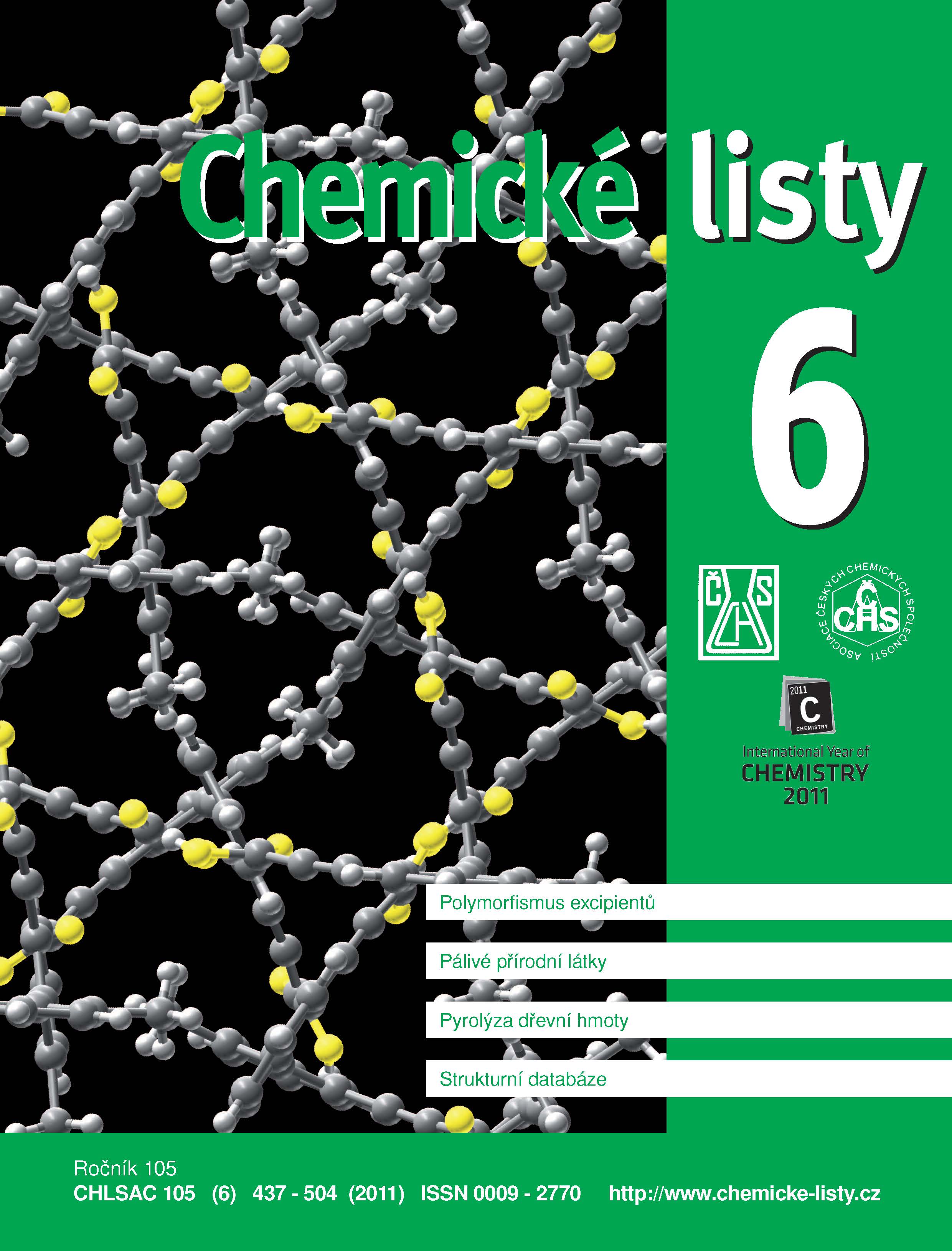Vliv podmínek a složení suroviny na pyrolýzu dřevní hmoty
Klíčová slova:
dřevo, pyrolýza, biomasaAbstrakt
The quality and quantity of products obtained from wood by pyrolysis is governed by the process parameters, wood mass composition and wood properties. Liquid pyrolysis products are most preferred at present and thus fast pyrolysis becomes the technology of choice aiming at fast separation of reaction products from the reaction zone in order to prevent secondary reactions. Most frequently, fluid-bed or ablation reactors are employed to fulfil the task. The reactor design reflects the requirement as well as the rapid heat transfer to and within wood particles. The contents of three main wood components – hemicellulose, cellulose, and lignin – determine the optimal temperature for the process, since hemicellulose decomposes at 200–260 °C, cellulose at 240–350 °C, and lignin at 250–500 °C. Minor components of pyrolyzed wood feedstock can show significant catalytic or inhibiting effects. Therefore, the effects of minor components present in wood, added to or removed from, were studied extensively. Some metals, such as Al, Cr, Fe, Mn and Zn increase bio-oil yields, while alkaline earth metals decrease them. Therefore, addition of a salt, ion exchange or leaching can be used to alter product yields and composition. Other compounds that are reported to affect yields of bio-oil include phosphates or acid catalysts.





